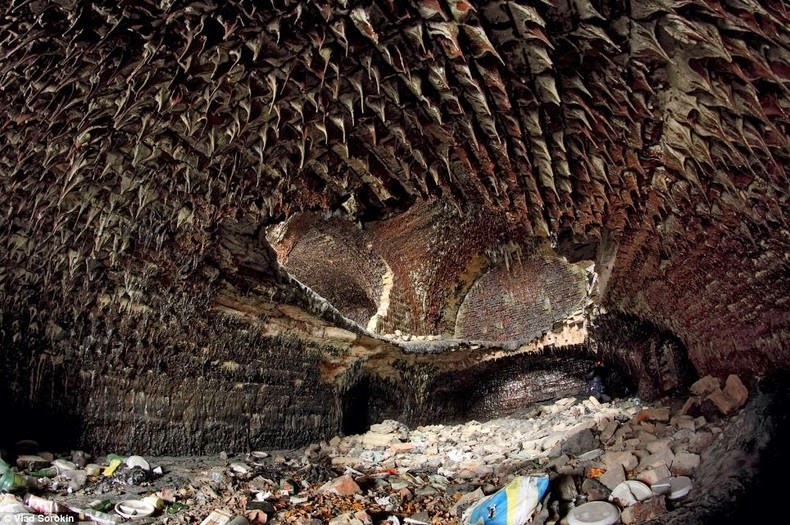I have a practical question for folks. Can fire bring down a stone wall?
Specifically, if the attackers were able to bank a hot fire against the walls of a city, hot enough that it burned for ten or twelve hours, would that be enough to weaken the wall so that it collapsed?
I'm thinking of a Mediterranean city wall, faced with mortared limestone maybe a couple feet thick, with rubble behind. Parts of the wall might be faced with marble and parts of the wall might have brick behind the facing.
What I'm envisioning is, the fire burns the marble and the mortar. The accumulated heat is enough to cause some of the stone blocks to crack and maybe even to explode. This weakens the exterior to the extent that the wall collapses outward.
I'm reasonably sure of the facts here, but I wanted to consult the Assembled Wisdom before hanging too much of my plot on this.
Specifically, if the attackers were able to bank a hot fire against the walls of a city, hot enough that it burned for ten or twelve hours, would that be enough to weaken the wall so that it collapsed?
I'm thinking of a Mediterranean city wall, faced with mortared limestone maybe a couple feet thick, with rubble behind. Parts of the wall might be faced with marble and parts of the wall might have brick behind the facing.
What I'm envisioning is, the fire burns the marble and the mortar. The accumulated heat is enough to cause some of the stone blocks to crack and maybe even to explode. This weakens the exterior to the extent that the wall collapses outward.
I'm reasonably sure of the facts here, but I wanted to consult the Assembled Wisdom before hanging too much of my plot on this.

 Maester
Maester
 Myth Weaver
Myth Weaver Vala
Vala Minstrel
Minstrel